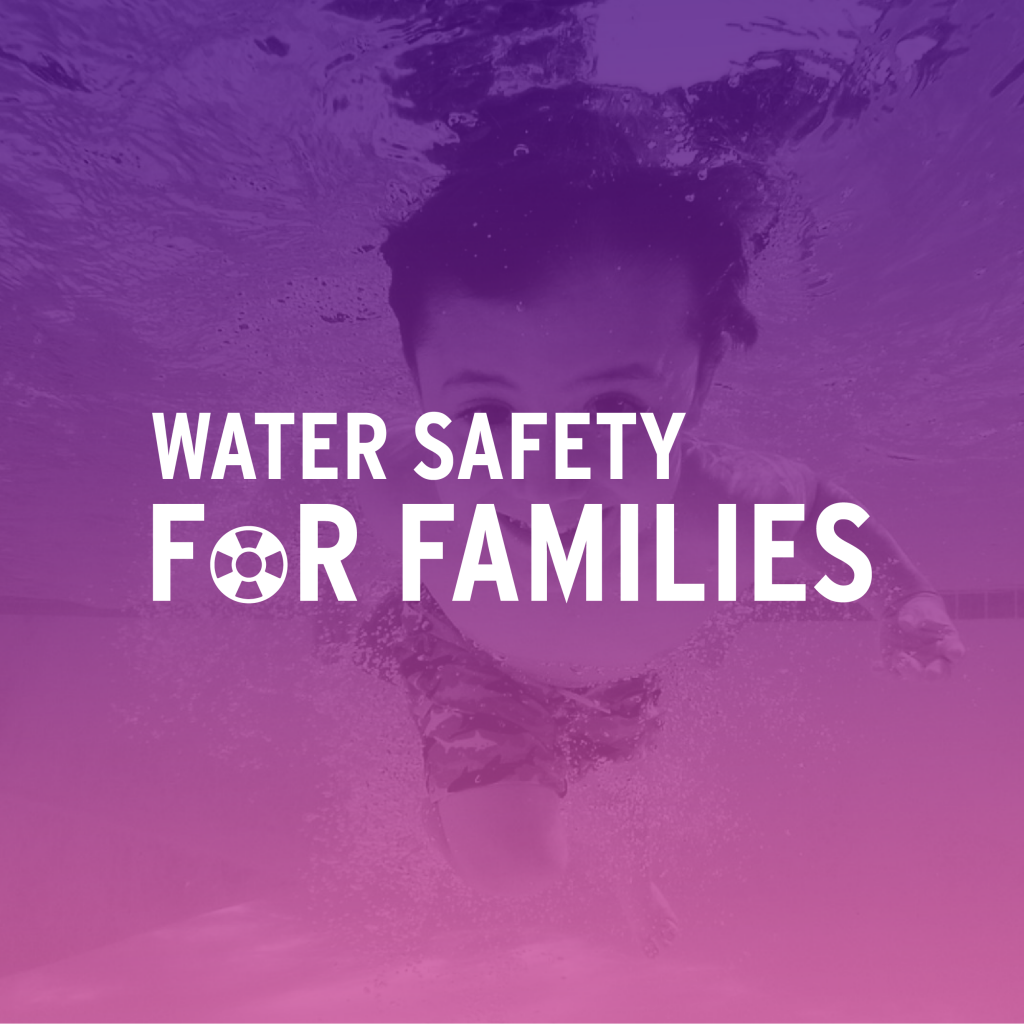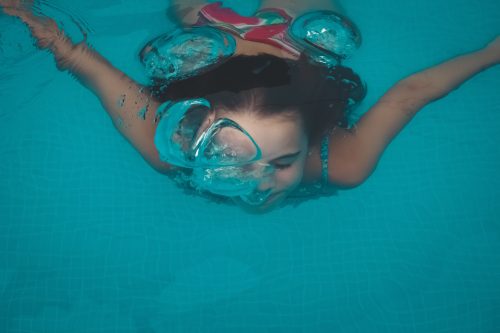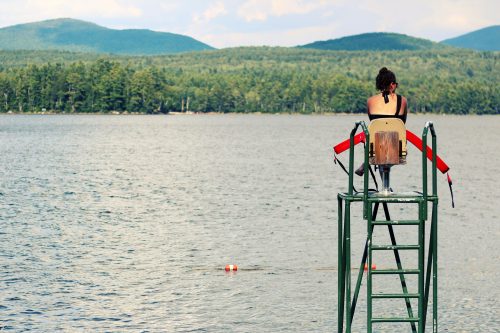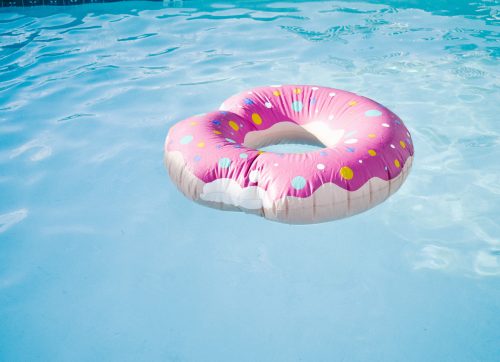Water Safety for Families

With the summer sun inspiring visits to the pool, lake or ocean, it’s always a great idea to revisit water safety tips to keep swimming and water sports a worry-free activity. 700 children lose their lives to drowning each year—with an additional 3,00 admitted for submersion injuries. Don’t let that happen to your family.

Educate your kids very early about water. Let them experience it in different ways. Have them explore temperature, depth and even power by letting them see the ocean waves crash to the shore or a river knife its way along a shoreline, so they can see how water is a force of nature. Doing so provides a healthy respect for water.
Begin swim lessons as early as 6 months. Use your time together as a bonding time, and to get your child comfortable with your presence when you are in or near water. You must always be present for water play. Period.
Create very clear rules for swimming and water play. Establish boundaries as to how far they can walk on the shoreline, how far they can go into the water, and most importantly—that they must have an adult present when they go swimming.
Never let a group of kids go swimming together and assume there is safety in numbers. Even somewhat experience swimmers might panic if a friend is in distress.
Drowning can take place in any depth or amount of water. Provide dedicated supervision at an arm’s length, be it at the wading pool, a lake, in a hot tub, a public pool, bathtub or ocean.
Be sure to drain kiddie pools when they are not in use. If they are left filled and are easily accessible, a child might decide to go back in and play in the water on their own.

If you swim, become certified as a lifeguard through the American Red Cross. Doing so ensures that if you need to go in after your child or you need to administer CPR or AED, (automated external defibrillator) you are prepared. In addition, you will learn the Red Cross Drowning Chain of Survival–first responder techniques to help someone without endangering the swimmer in need of assistance—and yourself.
Just watching isn’t enough. If you are not a swimmer, you must never be the only person supervising children engaged in swimming or water play.
Always use personal floatation devices certified by the Coast Guard. Water toys are fun—but they are not intended for use as a substitution for skill.

What about water toys? Always deflate them or put them away once you are finished with water play. Leaving them out might entice a child to go back into the pool, lake, river, or ocean.
Play it pool safe. Always cover pools when not in use and detach ladders that might tempt a child to try swimming on their own. This is particularly important with in-ground and above ground backyard pools—or pools adjacent to a deck when a child might try to jump into the pool. Fence off swimming pools as well—a height of at least 4’ is recommended with a self-closing, locking gate.
Pool alarms are necessary if you have a backyard pool. Sensors are placed on points of access. Gates, doors, decks, etc., and if they are passed an alarm will sound. There are many options and price points, so do some research and determine which one will best fit your needs. It’s money well spent—it could save a life.